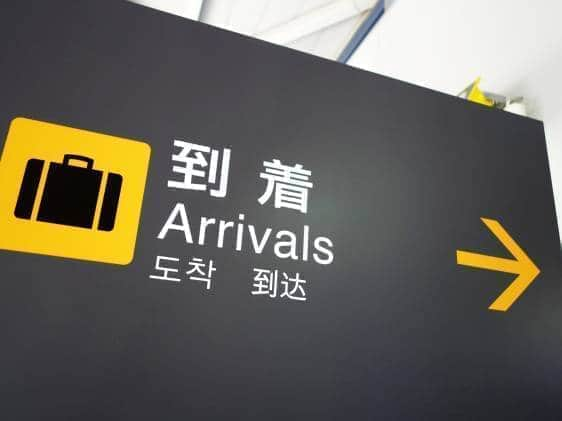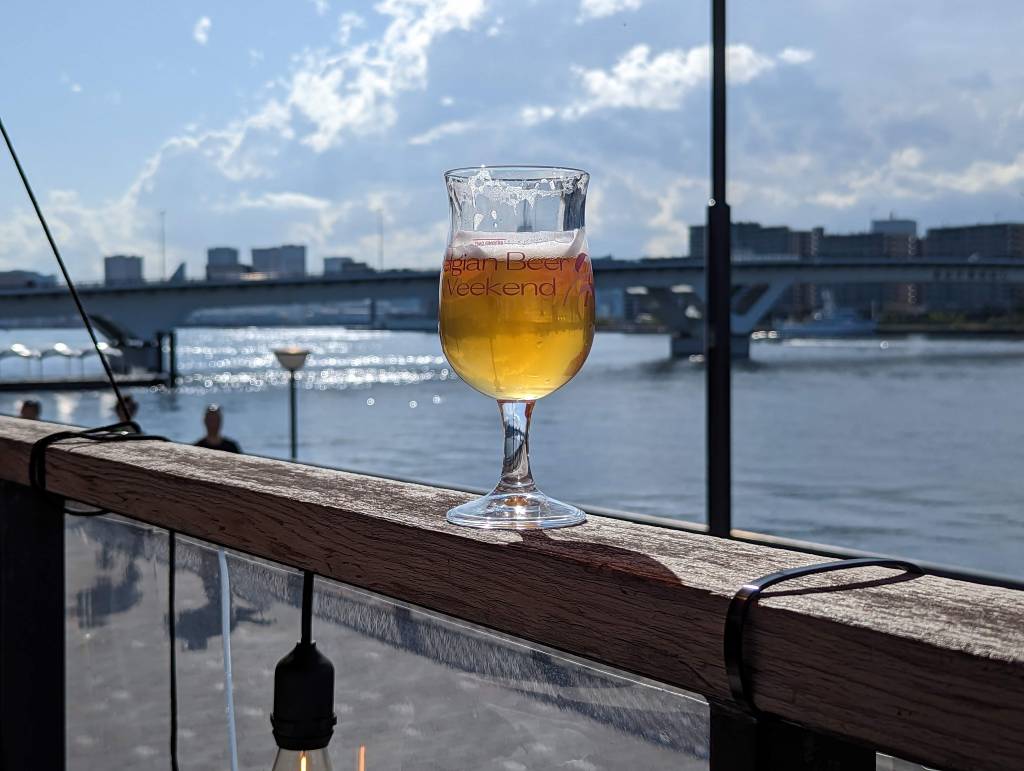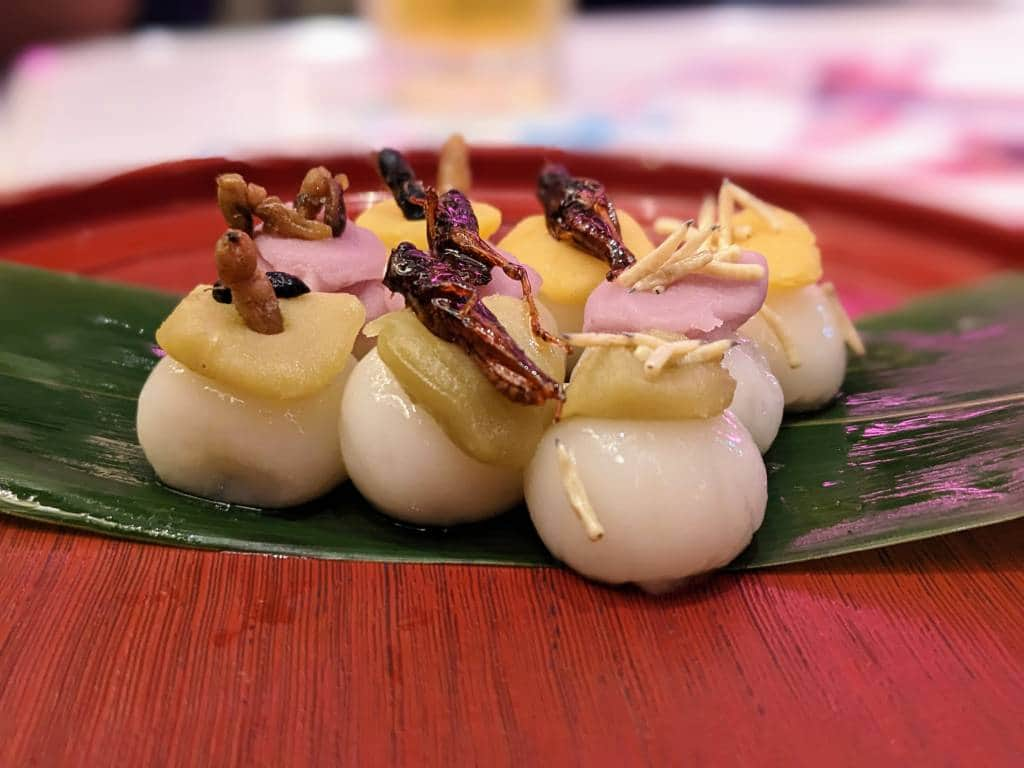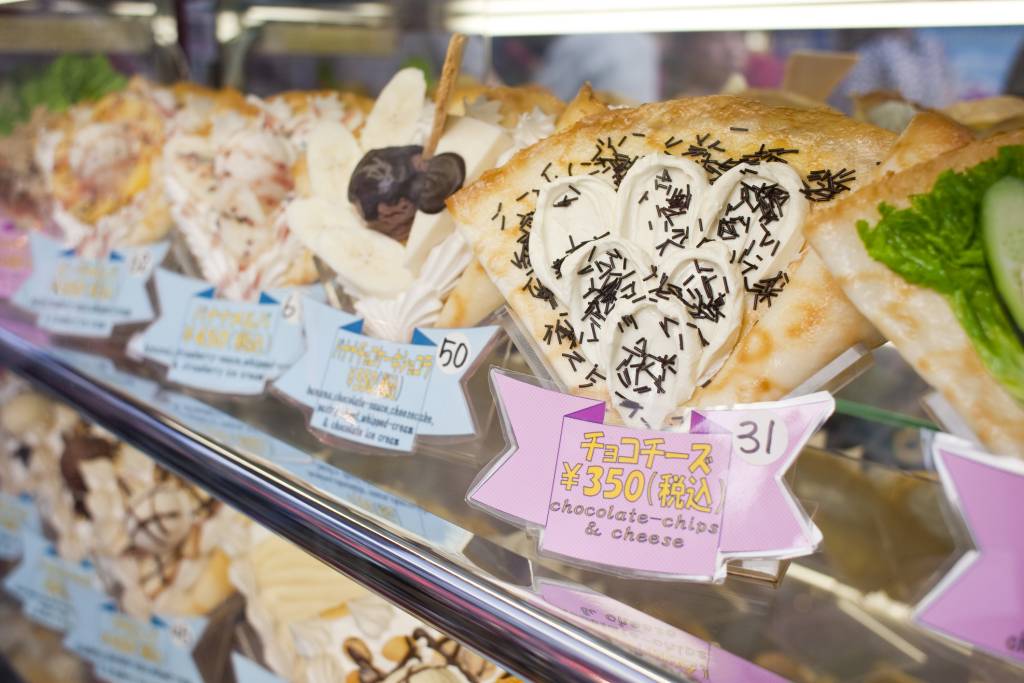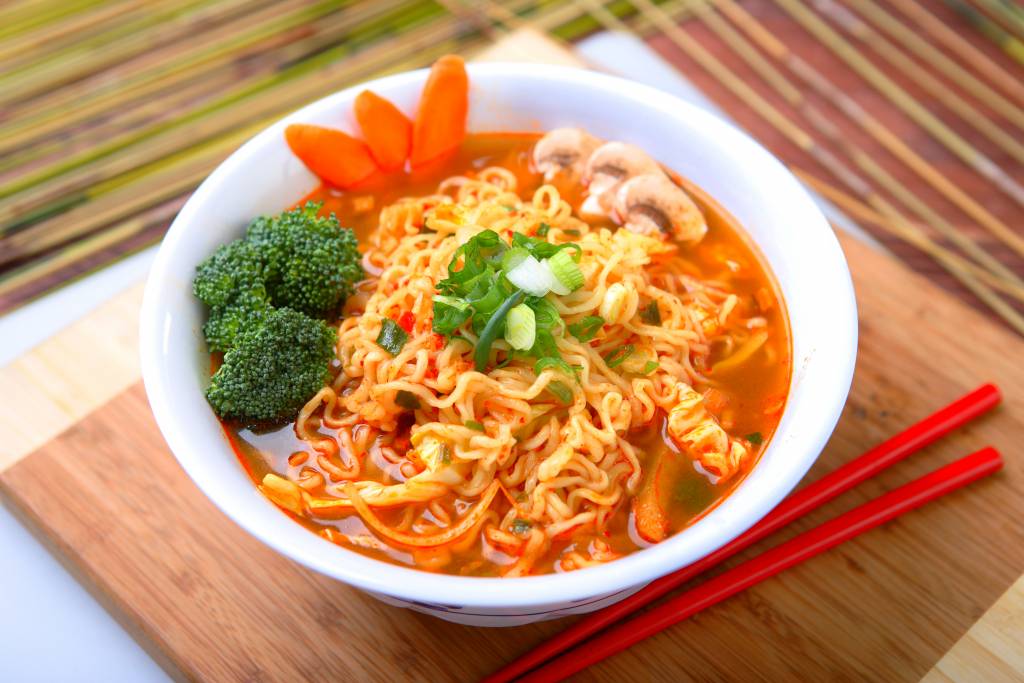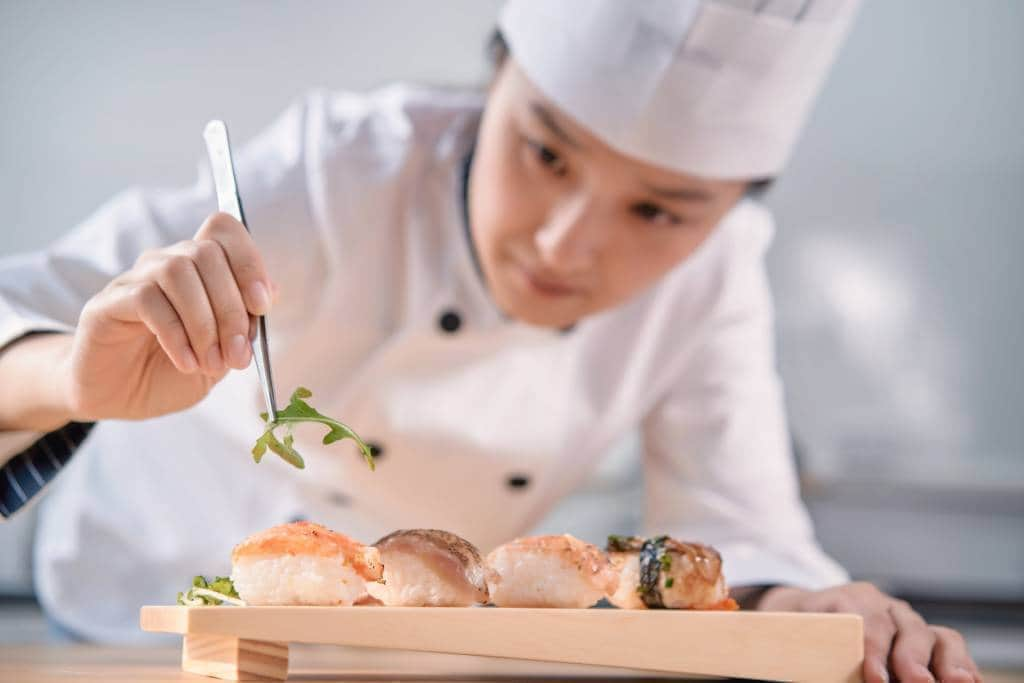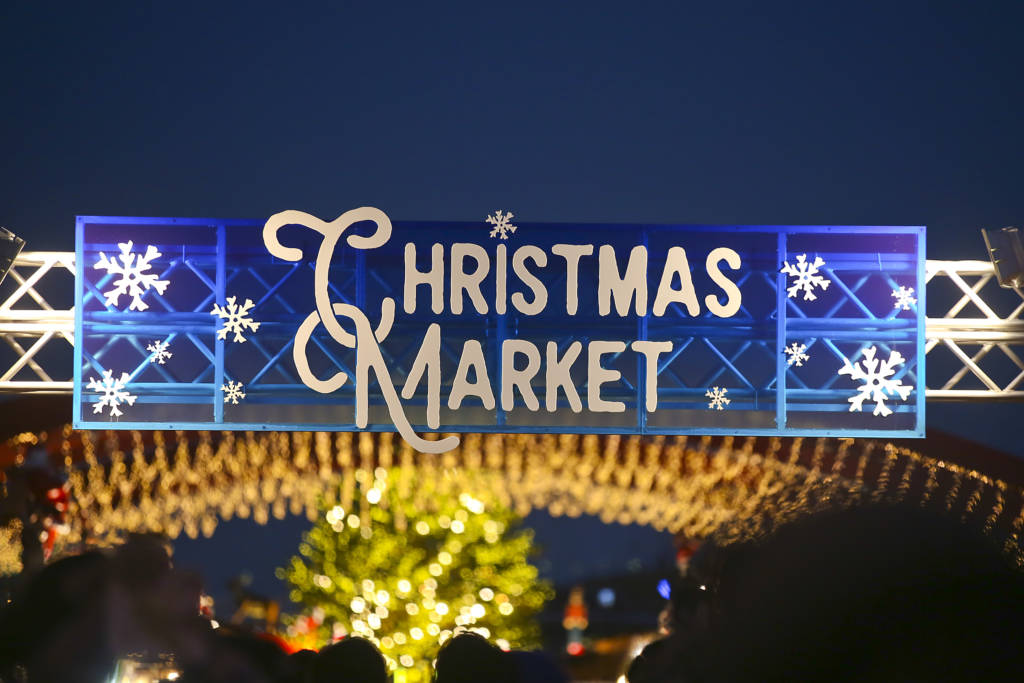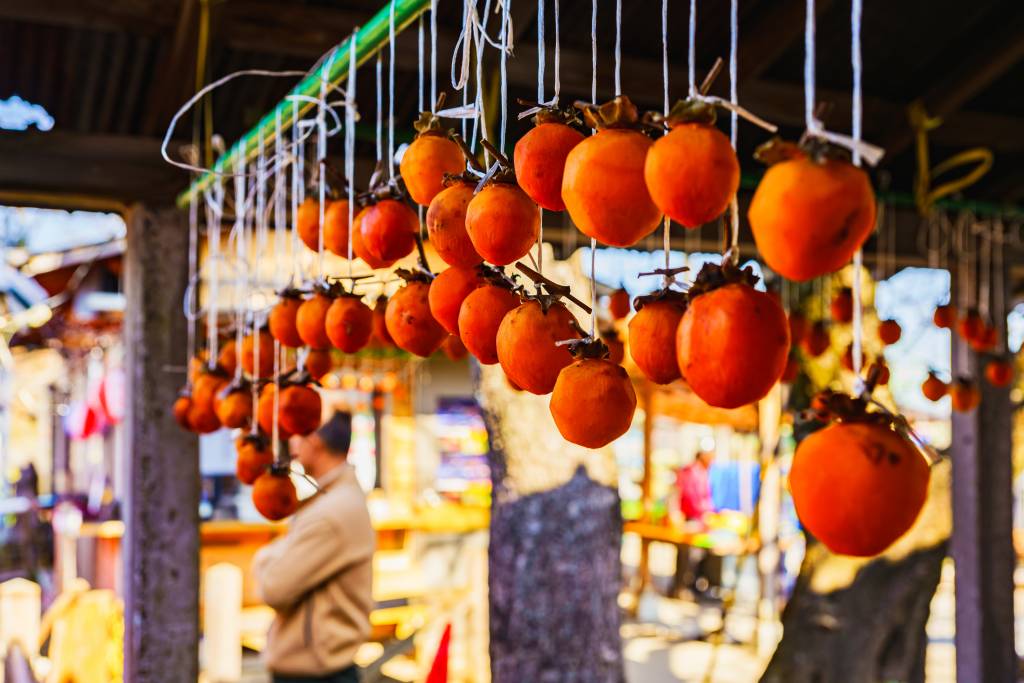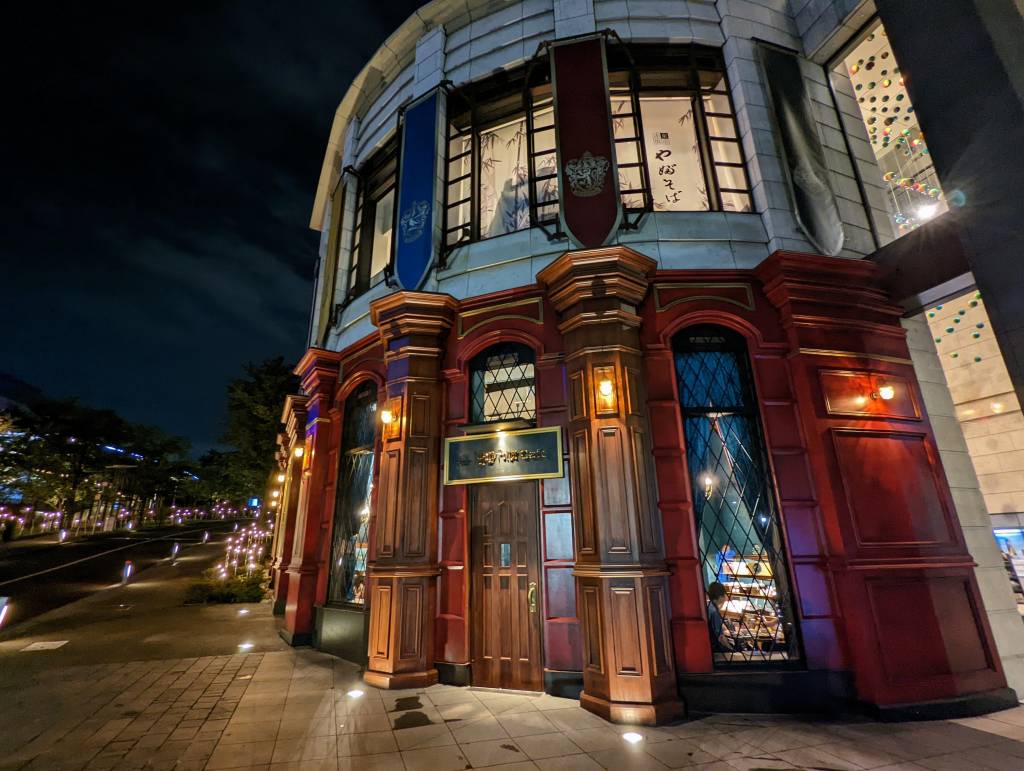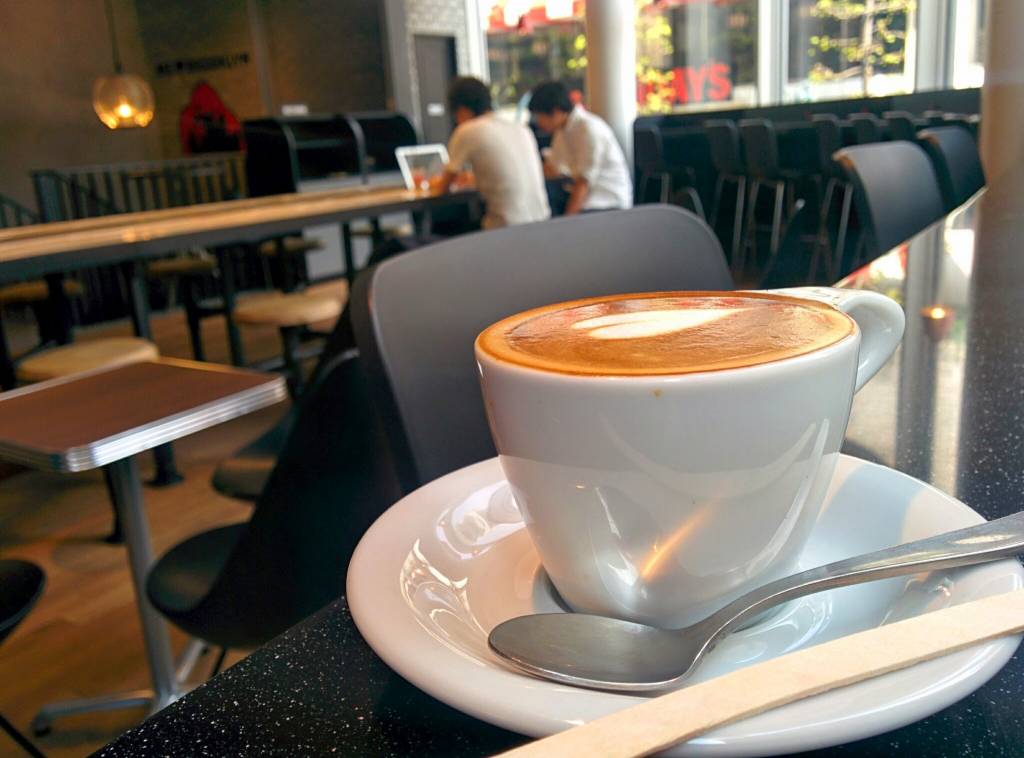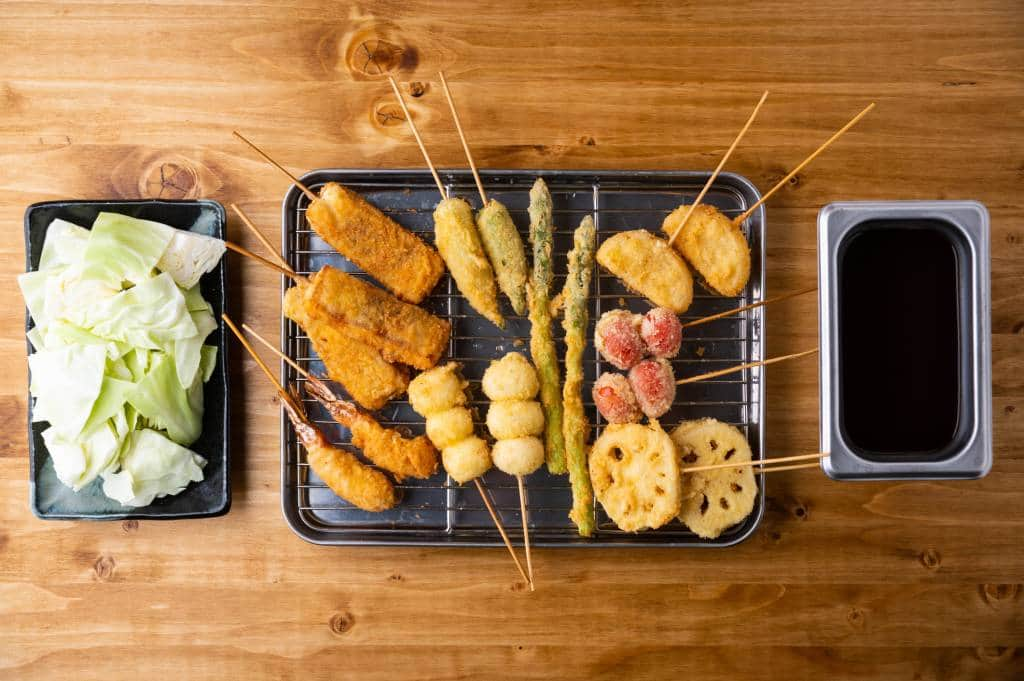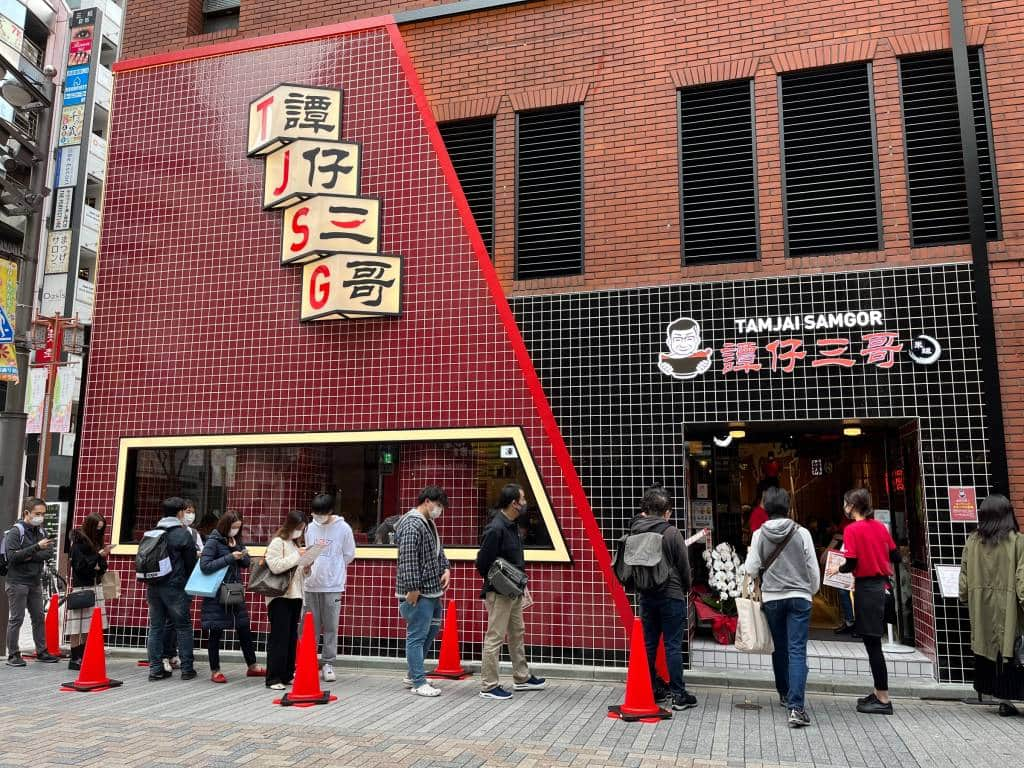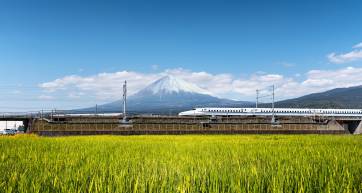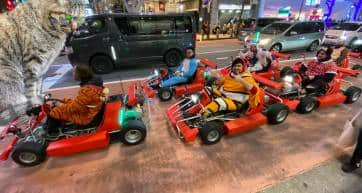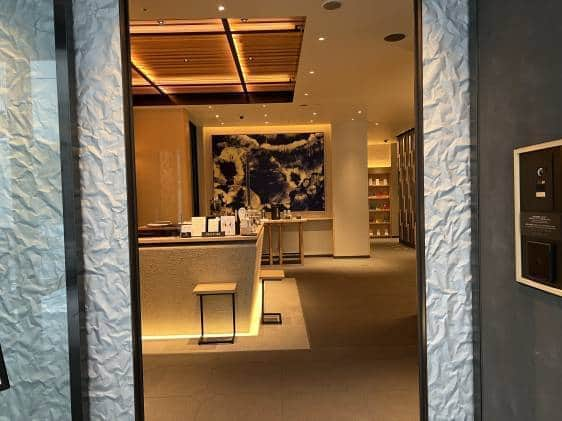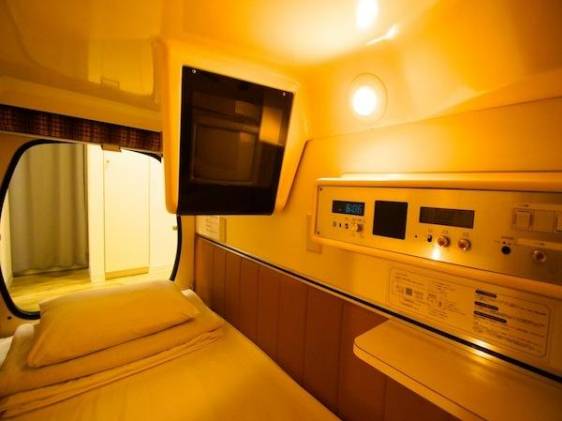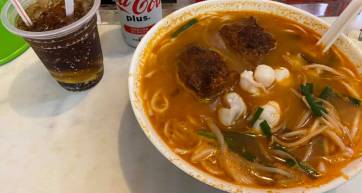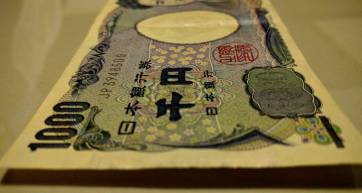If lunchboxes that you eat on a train don’t sound unique or exciting, then you haven’t had an ekiben while traveling 300 kph on the Shinkansen.
Ekiben — the combination of the Japanese words eki (train station) and bento (lunchbox) — have been around in Japan since before plastic was invented. The origins are debated, but as soon as the first train stations popped up, bento were sold to hungry commuters.
Back in the day, train staff would carry ekiben along the platform and sell them through train windows, but as the trains got faster, this became a surefire way to lose an arm. Nevertheless, a few places, such as Maibara Station and Orio Station, have revitalized the old tradition (minus the train windows) — the guy at Orio Station even sings. However, you’re now more likely to find stationary ekiben, which brings us to answer the following question…
Where can I buy ekiben?
Wherever there’s a Shinkansen, there’s an ekiben. But you can also find your packed train lunch in locations that have long-distance trains, such as Sapporo Station or Hakone-Yumoto Station. But focussing on Tokyo, the main places that’ll satisfy your needs are Shinjuku Station, Ueno Station, Omiya Station, Shinagawa Station, and the most famous of all, Tokyo Station.
Ekiben at Tokyo Station

The holy grail of ekiben can be found inside the ticket barriers of Tokyo Station, and the undisputed king of stores is Ekibenya Matsuri on the first floor. On a busy morning, the shop can get pretty cramped and the staff slightly prickly, but it’s worth the pushing and shoving for the options they have (if you are a meat or fish eater that is). There are many types — including sandwiches, self-heating bento, meat, and seafood — but they are most known for their wide selection of regional bento (more on that below). Their prices start from a reasonable ¥700 but expect to pay around ¥1,000 to ¥1,800 for one that’ll fill you up.
Around the corner, and in front of the Shinkansen ticket entrance, is Ekibenya Odori, their sister store. They are most known for character-shaped bento — come here if you feel like something a little more exciting. There are also many more bento and ekiben shops dotted around the station; you can find counters in the Ecute and Gransta malls. These are a safe bet if you want more breathing room.
Tip: You can go through the ticket gate at Tokyo Station and visit these stores even if you have nowhere else to go. Just tap your IC card in and out or buy a platform ticket. Both cost ¥150 for two hours in the station.
Ekiben outside of Tokyo Station

You’ll find similar stores in the other main stations in Tokyo, such as Ekibenya Top on the second floor of Shinjuku Station (behind the ticket barriers). If you can’t make up your mind, you can also find detached shops in the middle of some platforms for last-minute or impulsive bento purchases. Some trains offer a service where you can buy bento onboard, but options are limited.
Aside from the stations, trains, and platforms, “normal” bento stores are prevalent around Tokyo, usually offering cheap, ready-made meals to workers on their lunch breaks. Companies who make and ship the ekiben also occasionally have brick-and-mortar stores with delivery options, such as Oginoya, which has locations in Ginza and Yurakucho. Ekiben maker Miyoshino also does nationwide shipping (they sell the buttocks bento featured below).
Plus, if worst comes to worst, there’s always the conbini.
What types of ekiben are there?

It’s sometimes hard to get your head around the types of ekiben on offer. While diehard bento fans may run straight to the limited-edition section, you may find yourself wanting to know all your options.
Regional ekiben

One of the major pulls of ekiben, and one of the reasons why they are so popular in Japan, is the ability to taste different types of cuisine from different prefectures. Japanese towns and cities tend to have a food product or dish they are known for, e.g. Aomori has delicious apples, Miyagi has beef tongue, and Utsunomiya has gyoza. Ekiben allow you to savor your recent trip with the last bite of the local flavor.
Luckily, you don’t have to travel all over Japan to try the various options. You can go to the aforementioned Ekibenya Matsuri in Tokyo Station or wait for an ekiben tournament event.
Makunouchi ekiben
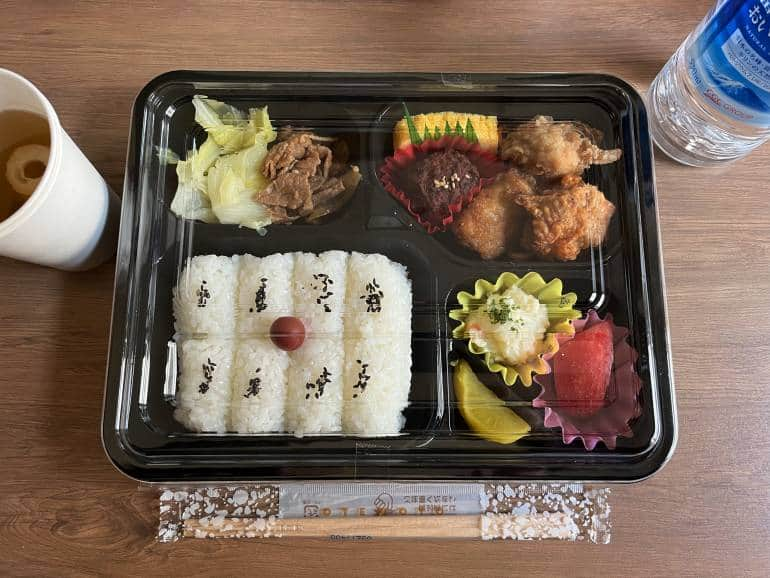
For a little bit of everything and a whole ‘lotta rice, try one of the first types of ekiben ever sold: the makunouchi bento. This is one of the most widespread types of ekiben (and bento). It traditionally consists of white rice shaped into mounds and topped with sesame seeds and umeboshi, plus side dishes such as pickles, some fish, and a bit of meat. This is great if you are looking for a more balanced meal.
Character ekiben

Character bento are great for taking pictures — we should know; take a look at our viral Instagram reel. From cute Kirby bento to butt detectives, you’ll find something amusing. They can be hard to find, or often sold out in some places, so make sure to arrive early. We personally enjoy the daruma-inspired bento from Takasaki in Gunma.
Sometimes the food can be shaped creatively, but generally, the inside isn’t as exciting as the packaging, and that’s probably because they are made for a certain clientele, which brings us on to our next type of bento…
Children’s ekiben

You may want a children’s bento all for yourself, and nothing is stopping you; there are no ekiben police to snatch it from your hands. But you need to know that the Shinkansen-shaped bento will not be bigger on the inside. You can expect portions to be small with tiny Wiener sausages, an egg, a handful of rice, and maybe a teeny hamburger patty or fried shrimp. And they aren’t cheap (around ¥1,300), so it’s a pretty expensive snack.
Vegetarian ekiben
The lack of vegetarian options in Japan comes as a shock to many, and unfortunately, the issue also spreads to ekiben. While searching Tokyo Station for meat-free ekiben, this writer would be pointed toward the seafood section. Ekibenya Matsuri used to have a vegetarian bento a few years ago but have since discontinued it and now have zero options.
There are some alternatives — such as a salad, inari sushi (the ones that don’t use fish dashi stock), takeout at the veggie restaurants nearby (see T’s Tantan), sandwiches, or just defaulting to the convenience store again.
When hunting, make sure to check the side of the ekiben or ask the staff. We have more advice on being a vegetarian and vegan in Tokyo in our handy article.
Self-heating ekiben

The one downside to eating ekiben is that most are served at room temperature, and that’s fine if you’re having a sandwich, but lukewarm meat and rice aren’t the best. Thankfully, an invention born in the 80s lets some bento be heated up with just a pull of a string. You’ll find many of these around the station, and they are easily noticeable. The ingenuity does come at a cost though, and they tend to be pricier than your average lunchbox.
Ekiben FAQ

What if I have allergies?
In big stations and popular ekiben stores, such as Ekibenya Matsuri and Odori, there will be an English and Japanese allergen guide on the side of the bento box that tells you what is inside. If you want to double-check, make sure to tell the staff your allergy: “Gyunyu (milk) arerugi ga arimasu.” (“I have a milk allergy.”). You can also replace gyunyu with the word nattsu (nuts), niku (meat), sakana (fish), or tamago (eggs).
What about halal ekiben?
Halal ekiben are not common, but you can order bento online from different providers, including WaO-Bento Kajiya, and have them delivered.
What do you drink with your ekiben?
It’s not uncommon to see beer being sold alongside ekiben, and it’s perfectly acceptable to buy and drink alcohol on the train. Don’t be too shocked if you see a businessman chugging a chūhai at 9 a.m onboard.
What is the difference between ekiben, soraben, and bento?
The short of it: ekiben you eat on a train, soraben (sky lunchboxes) you eat on a plane, and bento you eat anywhere you damn well like. There isn’t a true physical difference. Ekiben and soraben are slightly fancier and tend to come with opaque lids and chopsticks, while bento come in all shapes and sizes.
If you buy a bento from 7-Eleven and then eat it on the train, does it become an ekiben?
This is too philosophical a question for us to answer.
Find out more interesting things you can eat in Tokyo, or why not try a special themed cafe or restaurant?



